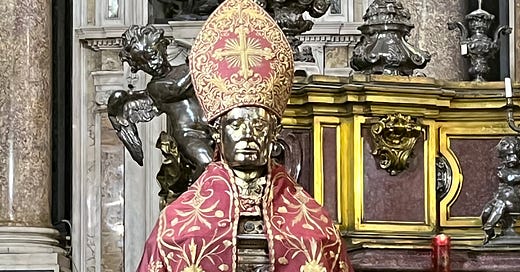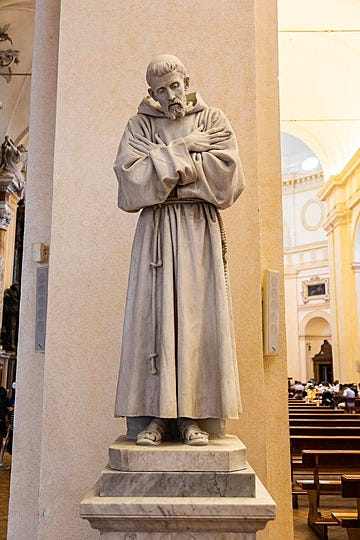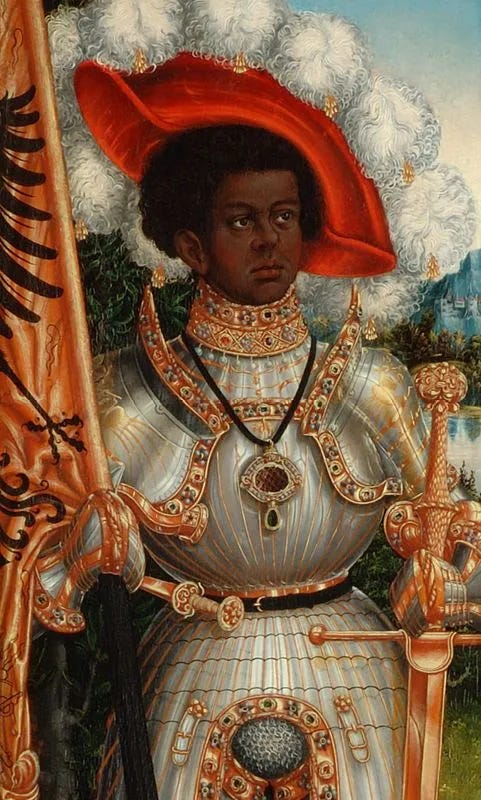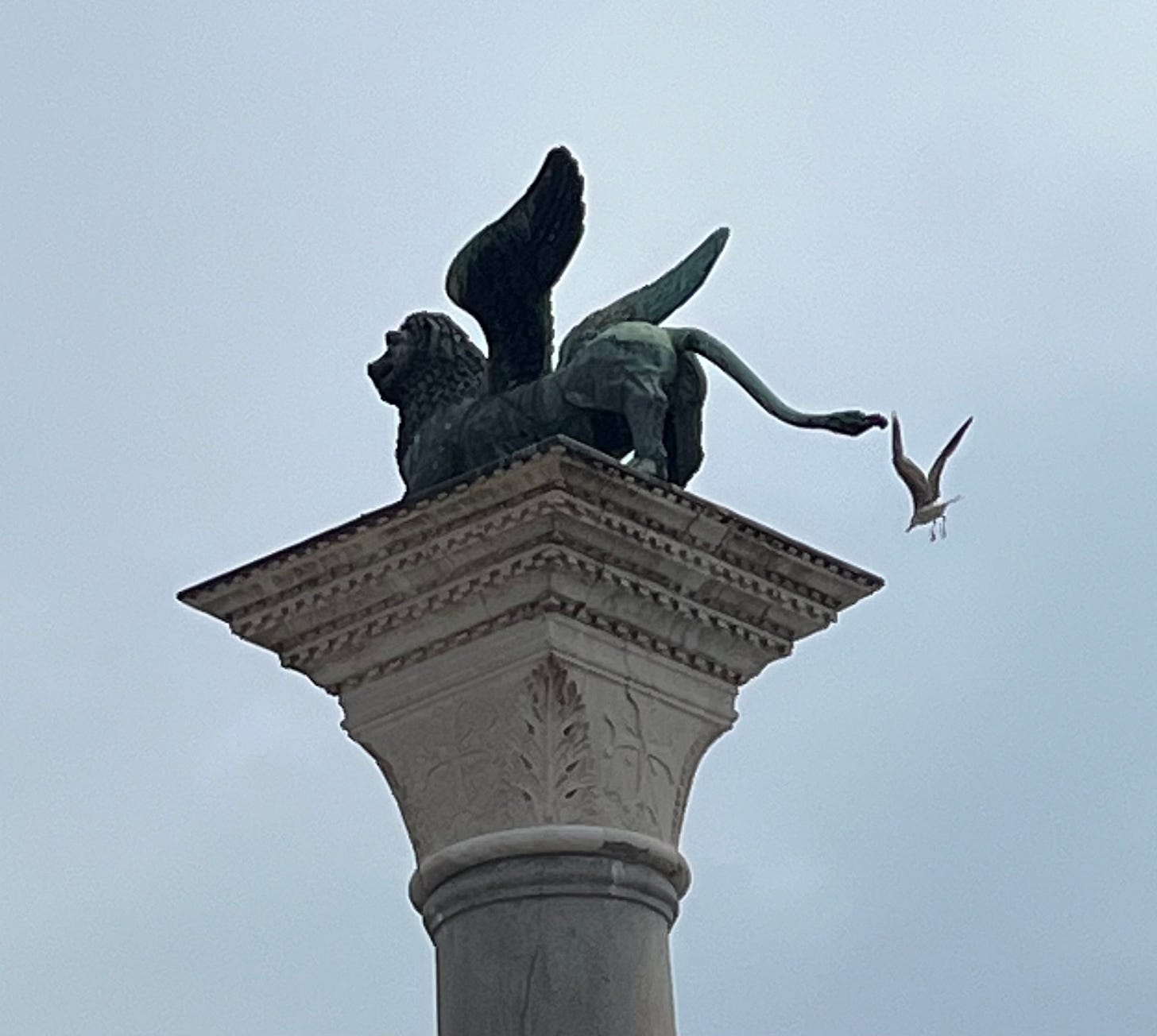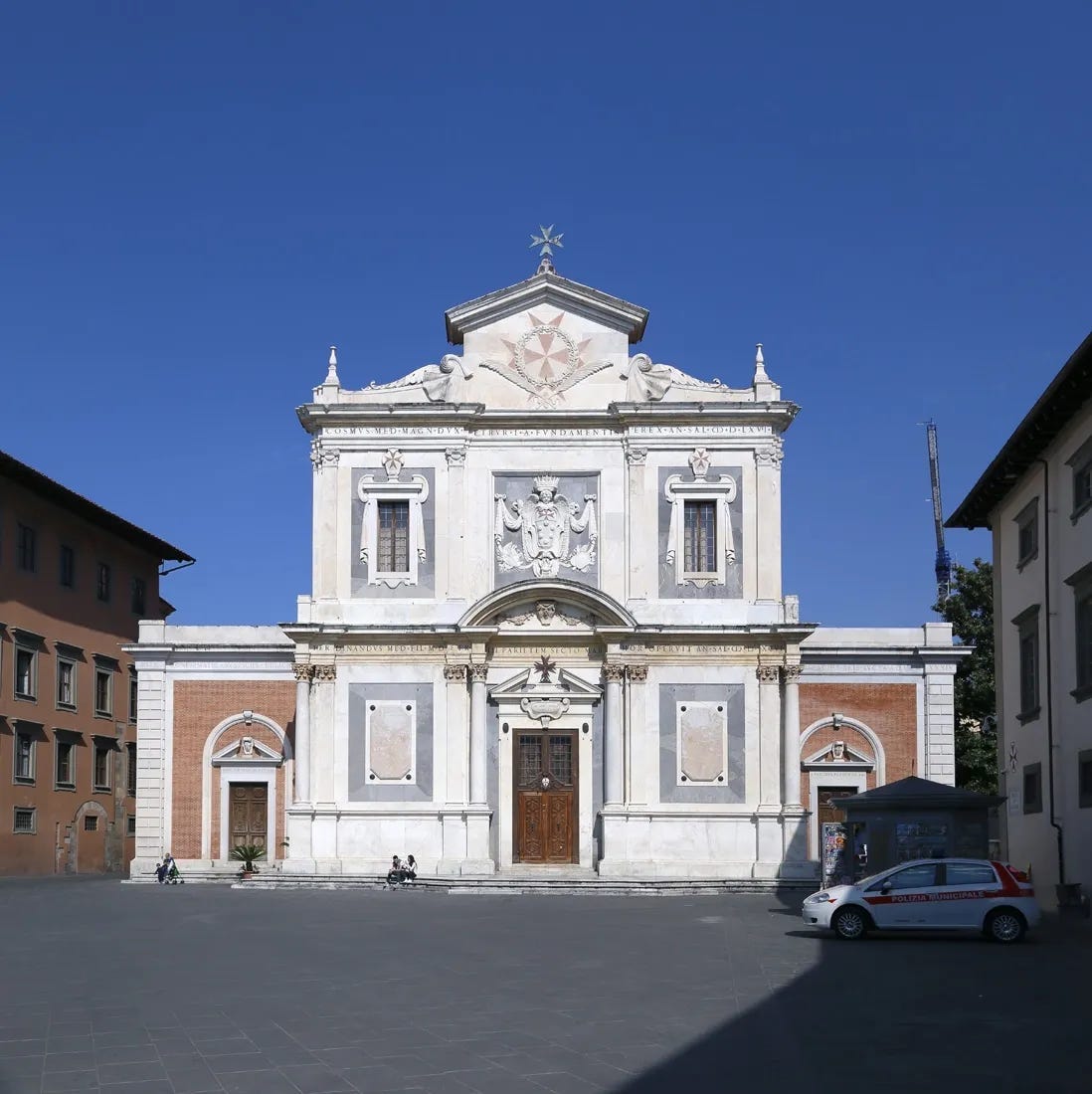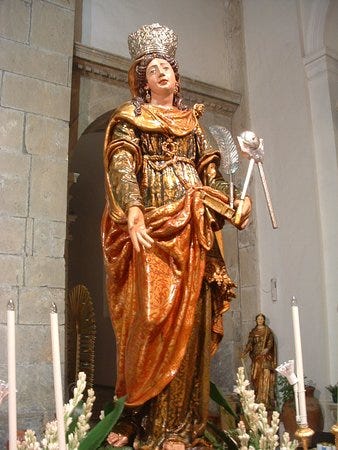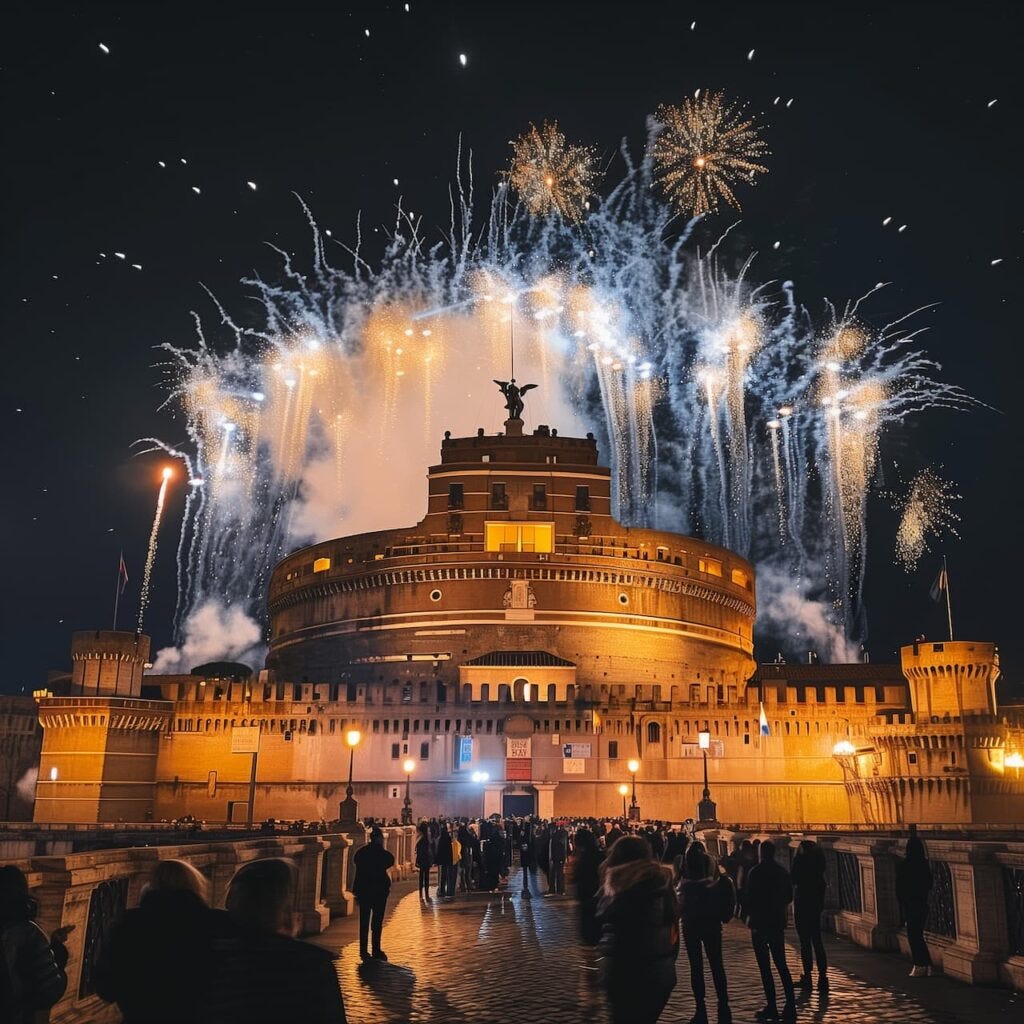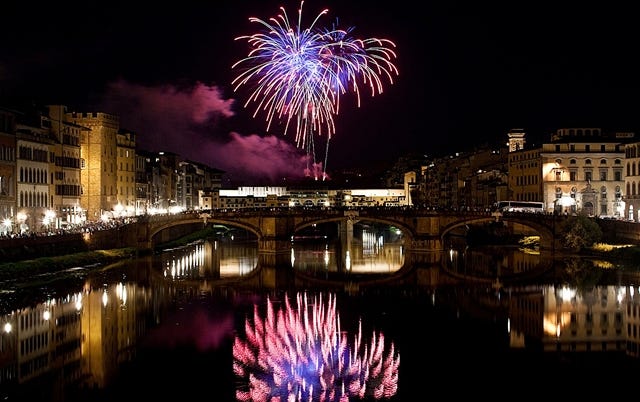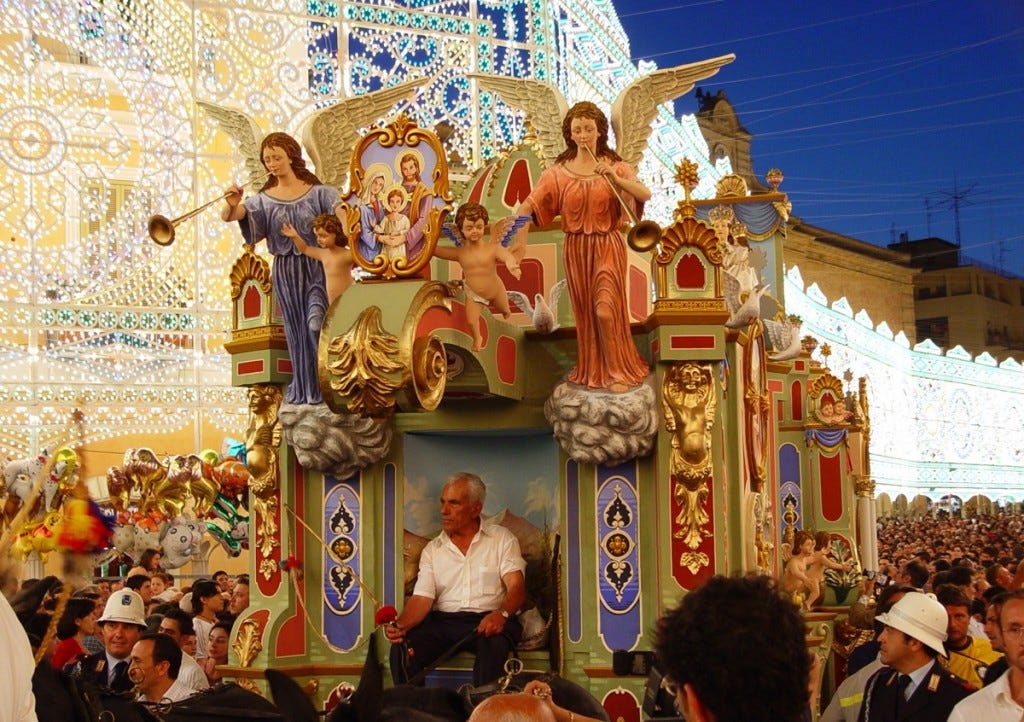Celebrating Saints in Italy: Guardians of Cities and Keepers of Tradition
Saints in Italy unite faith, tradition and community, keeping the spirit of heritage alive through vibrant feast day celebrations
Italy, often called the “Land of Saints,” is home to a deep-rooted devotion to its numerous holy figures. From major Catholic icons like St. Francis of Assisi to local saints who protect specific towns and regions, these figures are more than religious symbols, they are cultural cornerstones. The lives of saints, their miracles and the traditions surrounding them shape Italian identity and their feast days are some of the country’s most vibrant celebrations.
The Most Revered Saints in Italy
St. Francis of Assisi (San Francesco d’Assisi)
The patron saint of Italy, St. Francis, is known for his humility, love of nature and dedication to poverty. Born in Assisi, he founded the Franciscan Order and inspired millions with his simple lifestyle and compassion for all living creatures.
Assisi celebrates his feast day (October 4) with grand processions, prayers and the blessing of animals, reflecting his special bond with the natural world.
St. Catherine of Siena (Santa Caterina da Siena)
A mystic and theologian from Siena, St. Catherine is a co-patron saint of Italy and one of the few women declared a Doctor of the Church. She was instrumental in persuading the Pope to return to Rome from Avignon.
Siena honors her on April 29 with religious services and civic events, celebrating her role in the city’s history and her devotion to peace and reform.
St. Anthony of Padua (Sant’Antonio da Padova)
Known as the “saint of lost things,” St. Anthony is one of the most popular saints worldwide. Though Portuguese by birth, he spent much of his life in Padua, where he preached and performed miracles.
His feast day (June 13) draws pilgrims from all over the world to Padua. Streets are adorned with flowers and devotees light candles in honor of their requests for his intercession.
St. Januarius (San Gennaro)
The patron saint of Naples, St. Januarius is famous for the “miracle of the blood,” where his dried blood liquefies three times a year, most notably on his feast day, September 19.
Naples celebrates with a grand festival featuring processions, fireworks and feasts. The liquefaction of his blood is considered a good omen for the city.
St. Ambrose (Sant’Ambrogio)
The patron saint of Milan, St. Ambrose was a 4th-century bishop known for his wisdom, eloquence and role in establishing Milan as a center of Christianity. He is credited with composing hymns and promoting a distinct Ambrosian liturgy.
Milan honors him on his feast day, December 7, with the “Fiera di Sant’Ambrogio”, a historic market featuring crafts, food and festive cheer. The day is marked by religious services in the Basilica of Sant’Ambrogio, one of the city's most iconic landmarks.
Saint Maurice (San Maurizio)
A Roman soldier and leader of the legendary Theban Legion, is the patron saint of Piedmont. He is revered as a martyr who, along with his legion, chose to die rather than renounce their Christian faith. His story symbolizes courage, loyalty and devotion to God.
His feast day (September 22) is celebrated with special Masses and processions, especially in Piedmont. Pilgrims visit churches dedicated to him and some communities hold reenactments of the Theban Legion's martyrdom as a tribute to his unwavering faith.
St. Mark (San Marco)
The patron saint of Venice, St. Mark’s relics are housed in the stunning Basilica di San Marco. The winged lion, his symbol, is the emblem of Venice.
On St. Mark’s feast day (April 25), Venetians celebrate with a procession in St. Mark’s Square and the giving of a red rose to loved ones, symbolizing love and devotion.
Saint Stephen (Santo Stefano)
The first Christian martyr, is the patron saint of Pisa. Known for his unwavering faith, he was stoned to death for preaching the teachings of Christ. His legacy represents the virtues of forgiveness and courage in the face of persecution.
His feast day (December 26) is marked with solemn Masses and processions in Pisa. The city’s historic Santo Stefano dei Cavalieri Church plays a central role, hosting celebrations that honor his martyrdom. Locals and visitors light candles and pray for strength and perseverance in their faith.
Saint Agatha (Santa Agata)
The patron saint of Sicily, particularly venerated in the city of Catania. A young Christian martyr of the 3rd century, she is celebrated for her steadfast faith and courage in enduring persecution. Her legacy is closely tied to her role as a protector against fire, earthquakes and volcanic eruptions, particularly from Mount Etna.
Her feast day (February 5) is one of the most significant religious celebrations in Sicily, especially in Catania. Festivities include grand processions carrying her relics through the city, accompanied by prayers, fireworks, and traditional Sicilian sweets like minnuzze di Sant'Agata (small cakes symbolizing her martyrdom).
Regional Saints and Local Traditions
Many regions and cities in Italy have their own patron saints, each with unique traditions:
Rome: St. Peter and St. Paul (San Pietro e San Paolo), celebrated on June 29 with spectacular fireworks over Castel Sant’Angelo (La Girandola di Castel Sant’Angelo). For centuries, it was used to mark solemn occasions such as Easter, the feast of the patron saints Peter and Paul and the coronation of the Pope.
Florence: St. John the Baptist (San Giovanni Battista), honored on June 24 with a historical regatta and a stunning fireworks display.
Turin: St. John Bosco (San Giovanni Bosco) Feast Day is celebrated on January 31st, with prayers, pilgrimages to the Basilica of Mary Help of Christians in Turin and youth-focused events.
Bari: St. Nicholas (San Nicola), the inspiration for Santa Claus, whose relics are in Bari. Pilgrims flock to his shrine for his feast day on May 7-9.
Palermo: St. Rosalia (Santa Rosalia), celebrated with a massive festival in July that includes parades, music and street food.
Feast Days as Community Events
Feast days (“feste patronali”) are more than religious celebrations, they’re social and cultural gatherings. Streets come alive with processions, music, food stalls and fireworks. These events are opportunities for locals to reconnect with their heritage and for communities to come together in devotion and festivity.
Miracles and Superstitions
Saints are often invoked for specific needs. For example, St. Anthony is called upon to find lost items, while St. Lucy is prayed to for healthy eyesight. In Naples, the success of St. Januarius’s blood liquefaction is believed to predict the city’s fortune.
Many Italians carry medals or small statues of their favorite saints for protection. Houses often feature images of saints and businesses may display a saint’s relic or icon to ensure prosperity.
Curious and Unique Customs
Ceri Festival in Gubbio: On May 15, the town of Gubbio honors St. Ubaldo with a thrilling race where three massive wooden “candles” are carried through the streets.
Festa della Madonna Bruna in Matera: This festival honors the Madonna with an elaborate parade, culminating in the symbolic destruction of her statue to represent renewal and protection.
Running of the Candles in Sassari: Sardinia celebrates St. Nicholas with a candle race, music and traditional costumes.
Saints as Symbols of Unity and Pride
The devotion to saints in Italy transcends religion, it’s about identity. In a country often characterized by regional differences, saints provide a shared sense of purpose and belonging. Whether through the pageantry of processions, the communal act of cooking special dishes, or the deep reverence for miracles, saints continue to unite Italians in celebration of their history and spirituality.
In the end, saints in Italy are more than holy figures, they’re beloved members of the community. Their feast days are moments to honor faith, heritage and the joy of life itself, ensuring that the rich traditions of Italy’s past remain vibrant in its present.


